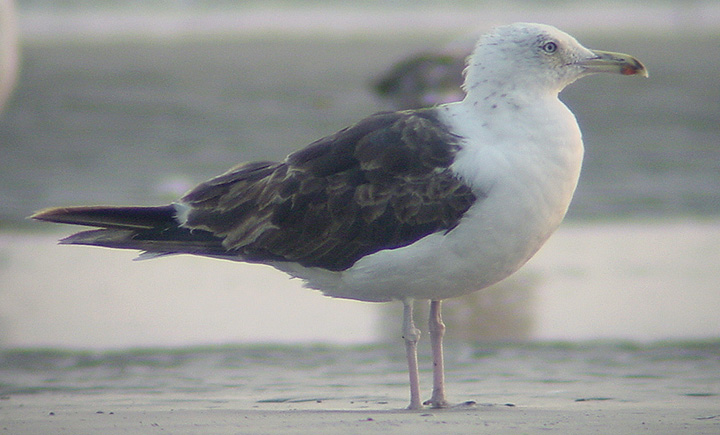 Lesser Black-backed Gull (graellsii & intermedius)
Lesser Black-backed Gull (graellsii & intermedius)
(last update: May 17 2015)
lbbg 1cy May
lbbg 1cy June
lbbg 1cy July
lbbg 1cy August
lbbg 1cy September
lbbg 1cy October
lbbg 1cy November
lbbg 1cy December
lbbg 2cy January
lbbg 2cy February
lbbg 2cy March
lbbg 2cy April
lbbg 2cy May
lbbg 2cy June
lbbg 2cy July
lbbg 2cy August
lbbg 2cy September
lbbg 2cy October
lbbg 2cy November
lbbg 2cy December
lbbg 3cy January
lbbg 3cy February
lbbg 3cy March
lbbg 3cy April
lbbg 3cy May
lbbg 3cy June
lbbg 3cy July
lbbg 3cy August
lbbg 3cy September
lbbg 3cy October
lbbg 3cy November
lbbg 3cy December
lbbg sub-ad Jan
lbbg sub-ad Febr
lbbg sub-ad March
lbbg sub-ad April
lbbg sub-ad May
lbbg sub-ad June
lbbg sub-ad July
lbbg sub-ad Aug
lbbg sub-ad Sept
lbbg sub-ad Oct
lbbg sub-ad Nov
lbbg sub-ad Dec
lbbg adult January
lbbg adult February
lbbg adult March
lbbg adult April
lbbg adult May
lbbg adult June
lbbg adult July
lbbg adult August
lbbg adult September
lbbg adult October
lbbg adult November
lbbg adult December
LBBG intermedius(?) 3cy, July 06 2001, IJmuiden, the Netherlands.

In many respects this LBBG resembles a LBBG from the Baltic area, nominate fuscus. As can be seen in the images, the primary moult was arrested in the primaries (P1-P6). Close examination suggests these new inner primaries were moulted prior to northbound migration, somewhere in April or May 2001. The tips of the inner primaries (including P6 which is exposed to weather conditions and sun radiation) show pretty neat tips. The outer four primaries are clearly bleached brown with abrasion at the fringes and it's hard to say whether these outer primaries are juvenile or 2nd generation. In the wing, the new scapulars are almost black and there seems hardly a clear moult strategy in the wing coverts; they were moulted randomly in the median, lesser and greater covert rows.
In the field, this proved to be a small bird, with a slender posture, long wings (P6 level the tail-tip), short-legs and a bill that is almost parallel edged, pale yellow. The tail has a few all white feathers, others show some black markings. Considering the outer primaries, this may even be a 2cy bird. Another clue for 2cy may be the rectrices, which were replaced recently and in the bottom image the white fringes are clearly visible. The large amount of black on the outer rectrices seem to point to second rather than third generation tail-feathers (which are predominantly white with isolated black marks), but an obvious problem in ageing these feathers is the time of the year. How much black can be expected in early moulted third generation rectrices? How much would such feathers resemble second generation tail-feathers? Although these outer rectrices seem to be 2nd generation feathers, one has to keep in mind that early moulted 3rd generation feathers do look much more the previous generation feathers.
The colour of bare parts suggest 3cy, with a red spot on the gonydeal angle and a yellow tip on the bill. Links to nominate fuscus from early August, Finland:
- 2cy fuscus 5-12 August 2002, E. Sweden and Finland.
- 3cy fuscus 5-12 August 2002, E. Sweden and Finland.

